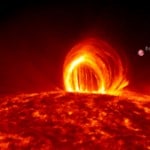
Solar radiation from the sun is the major component of a photovoltaic panel in the generation of electricity. The sun emits huge amounts of energy in the form of electromagnetic radiation which travels from the sun’s core to the Earth’s surface throughout the day. The amount of solar radiation which reaches the Earth’s surface varies daily due to atmospheric conditions of dust particles, water vapour and clouds. The performance of any PV system is mainly influenced by the amount of solar radiation that arrives at the surface of the PV’s panel
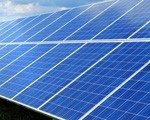
Sizing a solar system for your home or garden, whether off-grid with battery backup or grid-tied can be a daunting task. But reducing your electricity usage through conservation and efficiency measures as wellas a good home design plays an important role in keeping down the size and cost of any photovoltaic (PV) system you want to install. Using energy efficient appliances and lighting, as well as non-electric alternatives wherever possible, can make an off-grid solar photovoltaic powered system a cost competitive alternative to the utility power grid
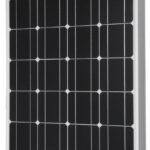
Connecting solar panels together is a simple and effective way of increasing your solar power capabilities. Solar panels can be wired in a series or parallel combination to produce more output voltage or to produce more current. Connecting solar panels together to form bigger arrays is not that complicated but it is important to note that to get the best from your solar array it is preferred that panels of the same nominal voltage and wattage are connected together
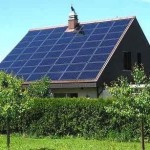
Solar array sizing is one of the first questions asked by home owners as they decide on how many solar photovoltaic panels they need. Bigger is not always better as to some extent it is based on your electricity consumption and other constraints such as budget, suitable roof space and planning approvals. While large residential solar systems may seem cheaper than small ones per cost of panel or payback period, energy efficiency changes to your home, such as insulation, LED lighting, and efficient appliancies may pay off even quicker than solar
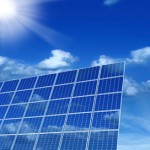
Solar power systems can take on many forms, from stand-alone panels to charge a battery, to off-grid PV systems to power a home, to grid-connected systems providing an income when the sun shines. Before installing a solar power system, it is crucial to understand the key components that go into making up a solar power system to ensure the money you invest is well spent. The main component of any solar power system is the photovoltaic panels which convert sunlight directly into electricity. The size number, type and efficiency are key factors when choosing a system. Charge controllers, inverters, storage batteries, and cabling all add to the cost

Solar power inverters convert the continuous DC current generated by solar panels, dynamos and generators into an AC supply using electronic switching techniques. Solar power inverters are used in small single-phase residential photovoltaic (PV) systems up to large scale three-phase applications. Grid connected solar power inverters synchronise the electricity they produce with the local utility grids AC electricity, allowing the system to feed the solar made electricity directly into the grid without the need for storage batteries

Grid connected photovoltaic systems deliver its solar energy directly to the permanently connected utility grid via single-phase or three-phase inverter. Grid connected PV systems are the most common type of installed solar power scheme compared to stand-alone photovoltaic systems, which require batteries for energy storage. Battery-less grid connected PV systems are therefore more cost effective, requiring less components and maintenance but require a higher quality inverter.

Stand alone photovoltaic solar systems are completely disconnected from the utility grid so all the electrical energy required must be generated by solar, wind, hydro or some other type of renewable energy system. Generally, stand alone PV systems consist of a PV panel, DC generator, some form of energy storage (for example a battery), controllers, inverters and some types of AC or DC load elements. In stand alone PV systems its DC and AC loads all share the same battery bank for night time energy storage.
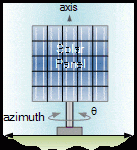
Solar panel orientation ensures that a photovoltaic solar panel or a complete pv array is correctly orientated and positioned. A photovoltaic solar panel fixed to a roof or mounted directly onto a frame is a staionary object while the sun is constantly changing its position in the sky relative to the earth making the correct solar panel orientation difficult with regards to the direct sunlight coming from the sun at all times of the day. Tracking the position of the sun in order to expose a solar panel to maximum radiation at any given time of the day is the main purpose for orientating a pv panel.

Solar power uses the suns radiant light energy to produce heat, light and power in the form of electricity, to power our world making solar power a true renewable energy resource. The solar radiation reaching the earth’s surface equals about 1000 watts per square metre in clear conditions when the sun is near the zenith making it inexhaustible and locally available everywhere on the earth. One of the best uses of solar power is in using photovoltaics to generate electricity and thermal panels to heat water were concentrated solar power uses the immense heat provided by solar irradiation concentrated on a small area.